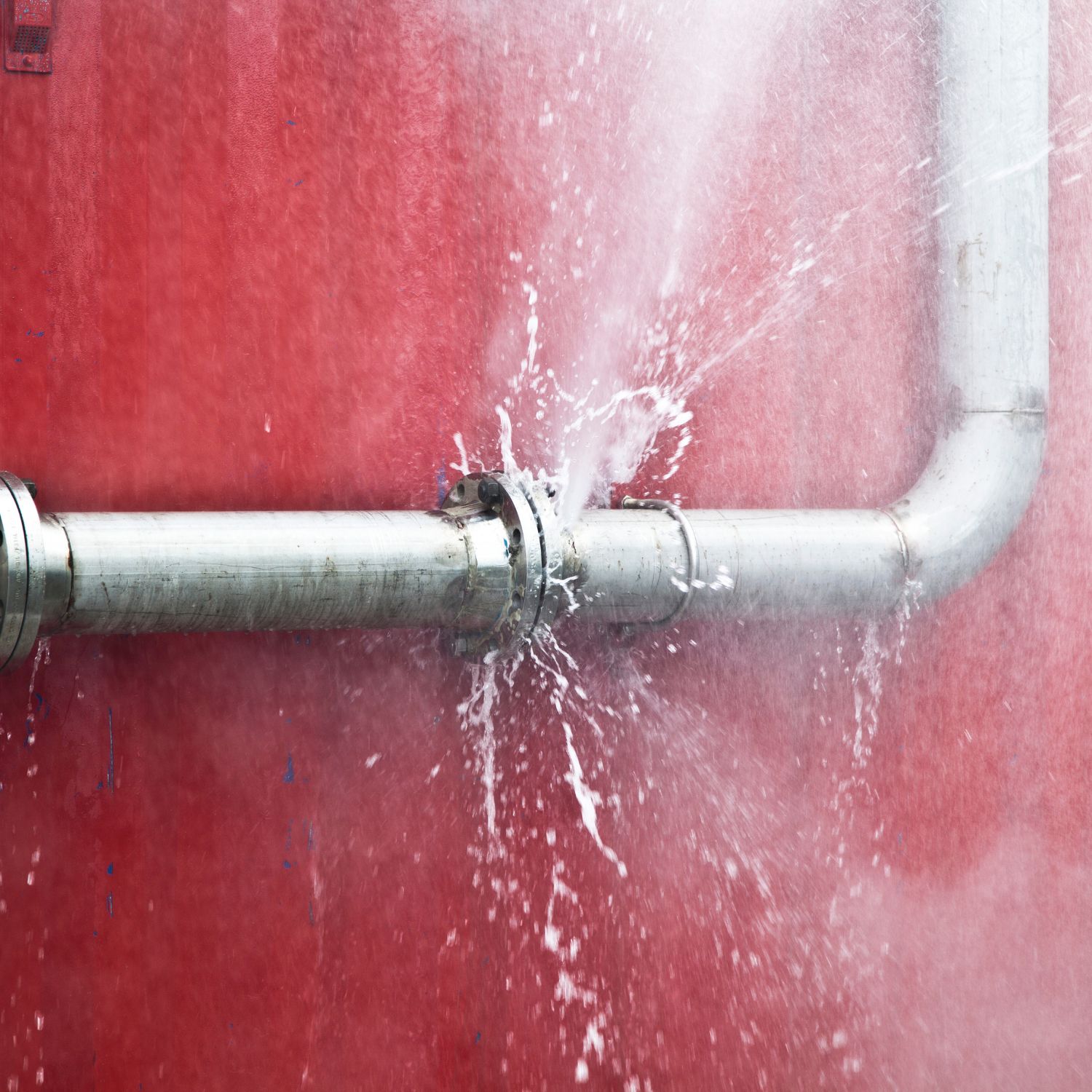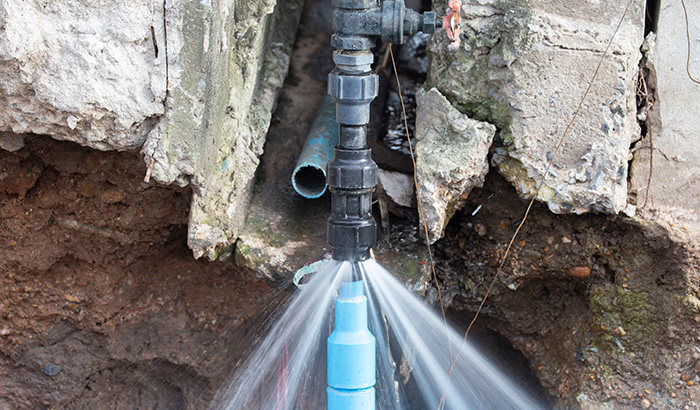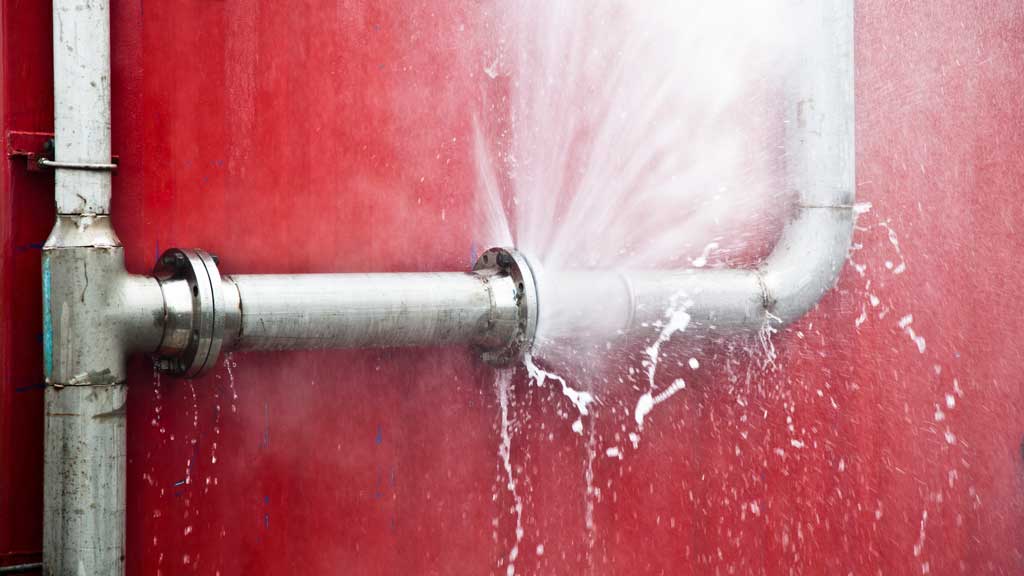Understanding the Causes of a Burst Pipe and How to Prevent It
Understanding the Causes of a Burst Pipe and How to Prevent It
Blog Article
Preventing Ruptured Pipeline: Necessary Tips to Secure Your Plumbing
Protecting against burst pipes is a vital problem for home owners, specifically throughout colder months when the risk of freezing is heightened. Carrying out calculated steps such as proper insulation, regular examinations, and maintaining regular indoor temperature levels can significantly lower the chance of pipe failure.
Understand Pipeline Vulnerabilities
Comprehending pipeline vulnerabilities is necessary for efficient pipes maintenance and preventing costly damage. A number of factors add to the vulnerability of pipelines to ruptureds, including product structure, age, and ecological conditions. Older pipes, particularly those made from galvanized steel or polybutylene, often deteriorate over time, bring about raised threat of leakages and ruptures.
Temperature level variations can also significantly effect pipeline integrity. In colder climates, water entraped in pipelines can freeze, applying and increasing pressure on the pipeline walls, which may inevitably lead to a burst. Additionally, high water pressure can stress pipes, specifically at bends and joints, enhancing the possibility of failing.

Insulate Piping Effectively
Correct insulation of pipes is critical for avoiding freezing and subsequent bursts during cold climate (burst pipe). Shielding your plumbing system successfully safeguards versus temperature level goes down that can cause costly damages. Begin by recognizing vulnerable locations where pipes are exposed to outdoor temperatures, such as cellars, attic rooms, and exterior wall surfaces
Use foam pipeline insulation sleeves or wrap insulation tape around these locations to supply a safety barrier. Guarantee that all sections of the pipelines, specifically those with limited warmth direct exposure, get appropriate insulation. Pay special interest to installations and joints, as these are much more vulnerable to cold.
When shielding, it's necessary to select materials that satisfy regional building ordinance and are ideal for the certain atmosphere. For instance, fiberglass insulation is frequently suggested for its thermal resistance buildings - burst pipe. Furthermore, take into consideration making use of warm cables or tape in severe problems, which can be plugged in to offer supplementary warm
Regularly examine insulated pipes for any indications of wear or damage, as jeopardized insulation can diminish its performance. By taking these positive procedures, you dramatically lower the danger of pipe bursts, guaranteeing a reputable pipes system throughout the winter months.
Maintain Regular Temperature
A steady indoor temperature level is important for stopping ruptured pipelines throughout the freezing months. When temperature levels decrease, water within pipelines can freeze, developing and broadening stress that may ultimately trigger the pipelines to ruptured.Making use of a programmable thermostat can aid handle indoor temperature levels efficiently, guaranteeing that areas with plumbing continue to be warm even when the residence is empty.
This small flow of water can prevent cold by easing stress within the pipes. By applying these methods, home owners can considerably minimize the risk of pipe bursts and protect their plumbing systems versus the extreme winter season components.
Routinely Evaluate Plumbing
Regular examinations of pipes systems are critical for preventing ruptured pipelines and preserving overall home stability. Throughout these assessments, it is vital to analyze noticeable pipelines for signs of deterioration, leaks, or wear.
Furthermore, inspecting links and joints is vital, as these points are commonly prone to leaks. Homeowners need to additionally examine water pressure levels, as extreme pressure can stress the plumbing system and boost the danger of pipeline ruptureds.
Think about organizing professional pipes evaluations at the very least yearly, particularly before winter months, to ensure your system is planned for chillier temperature levels. Routine examinations not just aid in determining instant problems yet likewise foster lasting upkeep approaches that can improve the life-span of your plumbing system. By being positive in your technique, article you can protect your home against the pricey and disruptive repercussions of ruptured pipes. Prioritizing plumbing evaluations is an investment in your house's health and wellness.
Know Emergency Treatments
Recognizing emergency procedures is essential for every homeowner, especially after conducting normal pipes examinations. Being gotten ready for a pipes emergency situation can considerably alleviate damage and save prices. Initially, situate your main water shut-off valve; it is typically found near the water meter or where the major line enters your home. Familiarize click now yourself with its operation, as shutting off the supply of water swiftly can avoid extensive flooding.
Following, keep necessary tools convenient. A plumbing emergency kit ought to include a wrench, bettor, and towels, as well as a flashlight and a container for tiny leakages. Additionally, take into consideration having the call info for a relied on plumbing technician readily available, must the situation rise beyond your control.
If you identify a leak or ruptured pipe, immediately shut off the supply of water and inform your plumbing. Record the damage with photographs for insurance policy purposes. Know the indicators of possible plumbing issues, such as unusual water stress variations or damp spots on wall surfaces
Ultimately, aggressive understanding and swift action are crucial in taking care of plumbing emergency situations, ensuring your home continues to be safeguarded and minimizing prospective damage.

Final Thought
To conclude, stopping burst pipelines demands a complex approach that includes understanding pipe susceptabilities, correct insulation, maintaining regular indoor temperatures, routine examinations, and expertise of emergency situation treatments. By carrying out these essential approaches, the threat of pipes failings can be dramatically reduced, therefore making sure the longevity and performance of the plumbing system. Aggressive steps not just secure versus possible damage but also add to general water preservation and the security of property.
In colder climates, water caught in pipes can ice up, expanding and applying pressure on the pipe walls, which may eventually lead to a ruptured. When temperatures decrease, water within pipelines can freeze, expanding and developing pressure that may eventually trigger the pipes to burst. By implementing these techniques, house owners can considerably decrease the threat of pipeline ruptureds and protect their plumbing systems against the harsh winter season components.

Report this page